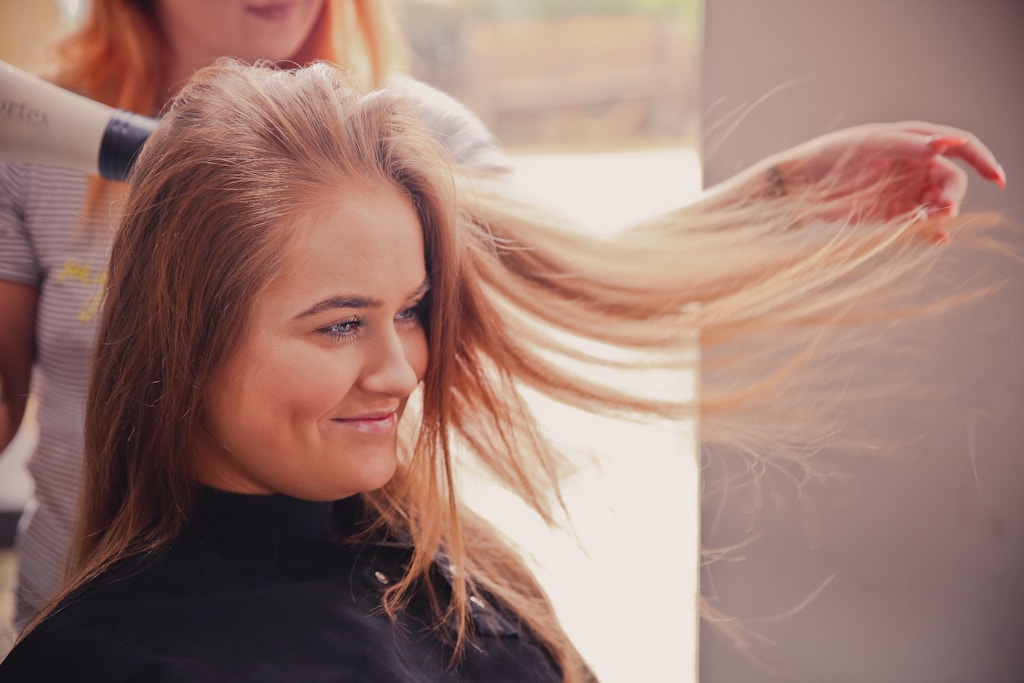Although both men and women dye their hair, hair color products for women and men are still quite different from each other. They don’t have the exact same formulas and might differ in the range of shades or even in the application tools included in the box. Why don’t we take a closer look at this phenomenon?
Formulation Differences Between Hair Color for Women and Men
One of the primary differences between hair color for women and men lies in the formulation. Dyes for ladies typically focus on a broad range of color options, conditioning properties, and lasting vibrancy. These formulas often include ingredients aimed at providing extra nourishment and shine, catering to hair that may be longer and more prone to damage from styling and environmental factors.
In contrast, hair dyes for men tend to emphasize convenience and speed. They are often designed to work quickly and effectively on shorter hair, which is more common among men. Many men’s hair dyes are designed to blend away gray hairs subtly rather than completely cover them, offering a more natural look. What is more, they often contain ingredients that cater to the specific texture and growth patterns of male hair, which may differ significantly from female hair (but in the end, it’s a major generalization – each person has their own texture and growth patterns).
Varying Application Methods
Hair coloring products intended for women and men also vary in application methods. Women’s hair dyes often come with a variety of application tools, such as brushes, applicator bottles, and even highlighting kits. There are so many choices to suit each style that you might want to embrace.
Men’s hair dyes, however, prioritize ease of use and speed. Many products are designed to be applied directly with the hands or with a simple applicator that minimizes the risk of uneven coloring. Also, foam and gel formulations are popular among men’s products because they are easy to apply and can penetrate through thicker, shorter hair without leaving streaks.
Color Ranges Available
Color options for women’s hair dyes are typically more extensive, reflecting the diverse and creative trends in female hair fashion. Women’s products offer a vast spectrum of shades, from natural tones to bold, vibrant colors like pinks, purples, and blues, since they are more likely to experiment with those colors.
Men’s hair dye products generally follow a narrower color palette. They focus on natural shades that blend well with the natural shades, such as blacks, browns, and dark blondes, though you might find some more exciting ones as well. However, most such dyes are aimed at achieving a subtle natural look rather than a major change.
Common Ingredients in Hair Colors for Women vs. for Men
Let’s look at the differences in ingredients – mind that we won’t mention the most common ones that are a must in dyes, but rather the “extras” in which these two types of dyes differ.
Women’s Hair Dyes
Women’s hair color products often contain a range of conditioning and protective ingredients to counteract the potential damage caused by the coloring process. These can include:
- Argan oil – Known for its moisturizing properties, it helps to nourish and condition the hair.
- Keratin – A protein that strengthens hair and improves its elasticity and shine.
- Silk proteins – These add softness and shine to the hair, making it more manageable.
- Vitamins – Such as Vitamin E, which protects the hair from oxidative damage.
Men’s Hair Dyes
Men’s hair dyes often include ingredients that cater specifically to male hair, which can be thicker and coarser than female hair, namely:
- Caffeine – Often included to stimulate hair growth and improve scalp health.
- Protein complexes – These help in strengthening hair, which can be beneficial for shorter, often more frequently washed hair.
- Natural oils – Such as jojoba oil, which can help in conditioning and adding shine without weighing the hair down.
The Takeaway
As you can see, there are quite a few differences between the hair colors for women and men. Does it mean that as a female, you shouldn’t use the male ones and vice versa? No – they might be less tailored to your hair, but they will still work.



